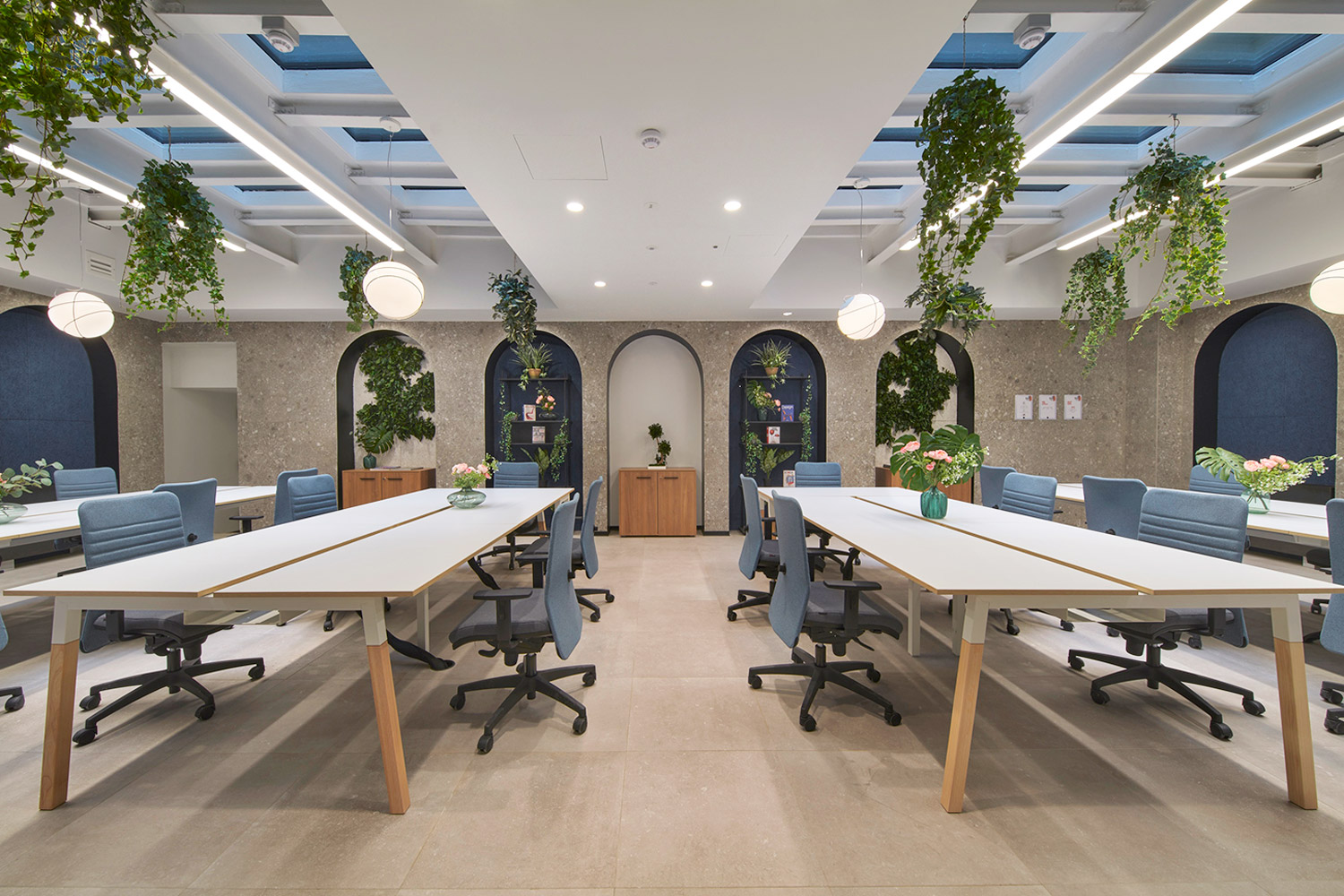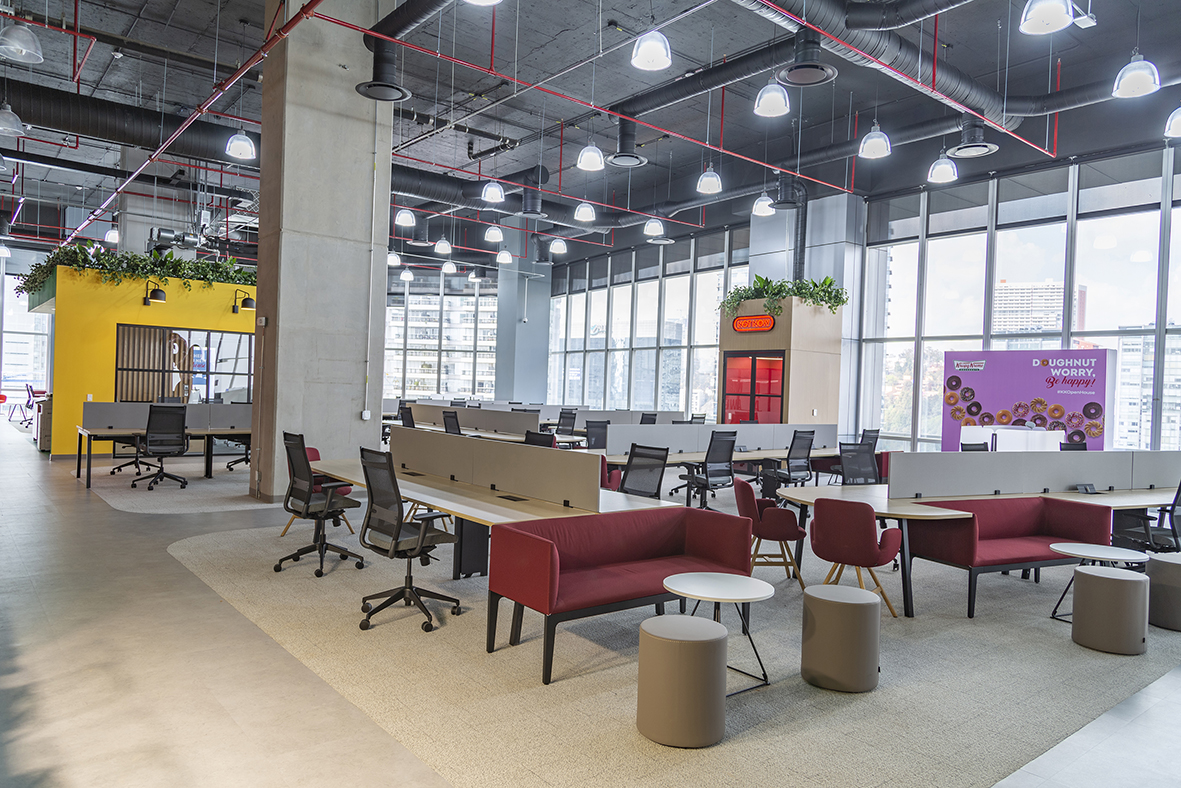A few decades have passed since the first co-working spaces were created. In the last twenty years we’ve seen these spaces expand, evolve and become more and more popular. It’s estimated that by 2024 there will be more than 40.000 co-working spaces worldwide.
In the beginning, co-working was exclusive to remote workers and freelancers. It represented a place where to avoid the isolation of working from home and take advantage of a more stable internet connection. Later on start-ups sensed and seized the co-working opportunity, cutting the fixed costs of an owned office.
In the third phase, co-working became a global business, with a $8,14 billion market worth. More and more companies are now using these spaces or creating their own to gain a competitive advantage.
But what are the benefits for companies?
First of all, let’s talk about “Co-working Culture“. The nature of these environments encourages collaboration and idea exchange, removing the traditional barriers of the corporate world (different companies, hierarchy, age). The people you meet have different skills and professional backgrounds: business synergies and work networks can easily be created. There is no assigned office or closed room, which means there is no hierarchy in the arrangement of space.
Beware, however, that corporate working and its attitude cannot be improvised by simply planning a new office layout. Co-working is about a global reflection on the tools and organisation of such places: environment size, network quality and accessibility, data sharing, collaborative solutions and mobile applications all play an important role. In order to be successful, this innovative workspace must be at the forefront of digital technologies, through objects provided with connectivity and equipped with augmented or virtual reality. The latter are also used to create a new kind of immersive training.
The result is a clear advancement in innovation.
From an economic point of view, the benefit is also related to infrastructure costs. Companies can save on opening new branch offices by renting one or more desks for employees in other cities.
Co-working is also advantageous for the employees that live far away from the company’s main headquarters.

Courtesy of Wellio – Milano Dante
The 3 corporate co-working models
There are different ways to approach corporate co-working: each company can choose the model that comes closest to its needs and objectives. Here are the three main models.
- Corporate outpost – This is the most commonly used model. The company can rent one or more desks in other cities or neighbourhoods, to improve the working conditions of its commuting employees or to establish collaborations with other companies or professionals.
- In-house co-working space – In this second model, the company incorporates co-working, creating spaces open to external professionals within its premises. In many cases these co-working areas are rented out to external partners, suppliers and collaborators.
- Corporate incubator – Many large companies have been creating start-ups in their offices for decades, collaborating with universities, research institutes or sponsors.
In addition, there is hybrid co-working, tailored to the needs of the individual company.
Security and confidentiality must be the focus of the project, and to be successful, co-working must above all be able to anticipate the behaviour and expectations of nomadic employees in relation to ergonomic equipment, digital technologies, furniture, office layout, meeting and relaxation places etc. In this sense, co-working is revolutionising human resource management, making workspace a key value for the company.
What can we expect from the future? According to some experts co-working spaces will continue to grow and by 2024 almost half of its users will be represented by companies.

Courtesy of Krispy Kreme Mexico City

